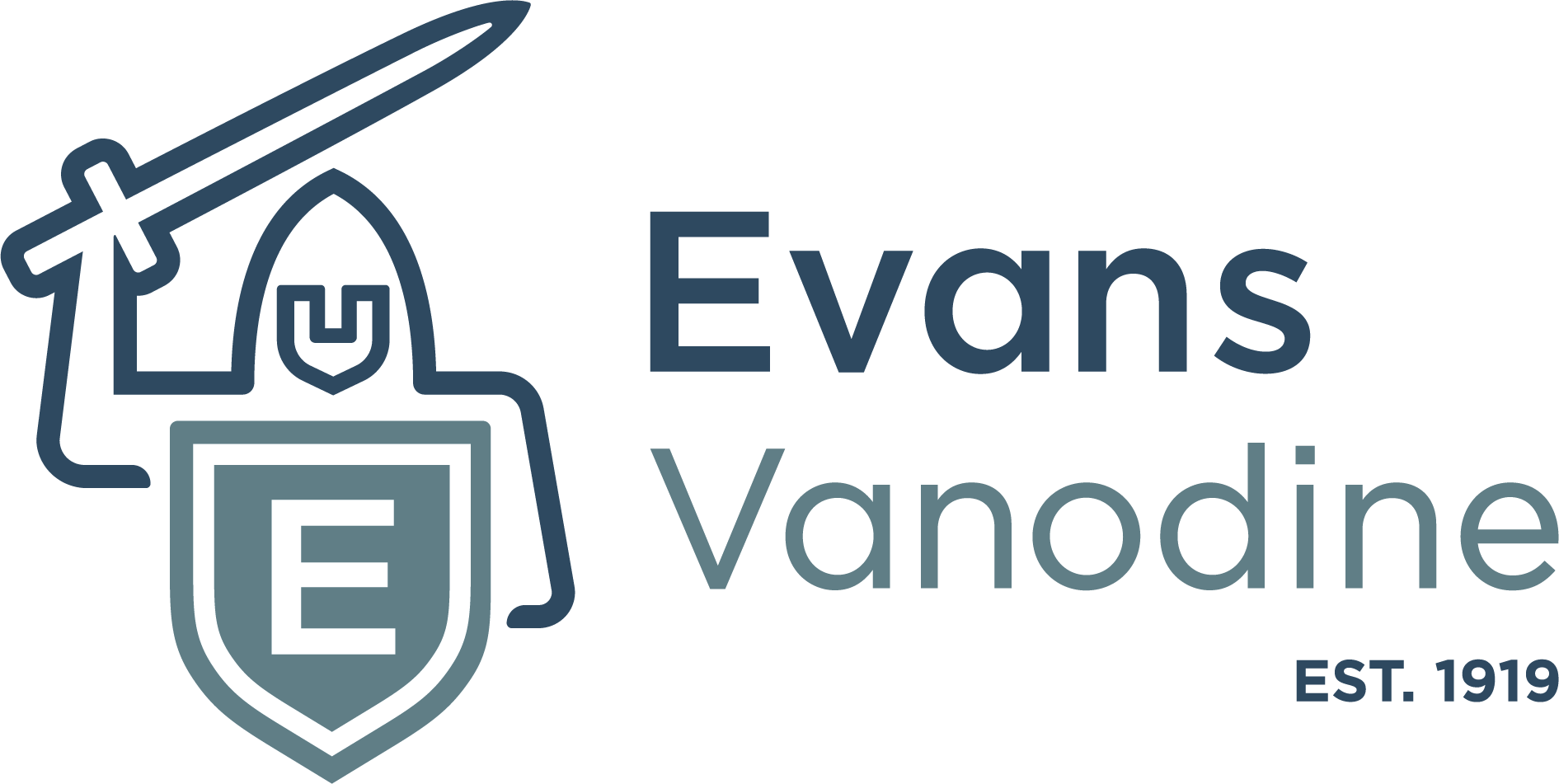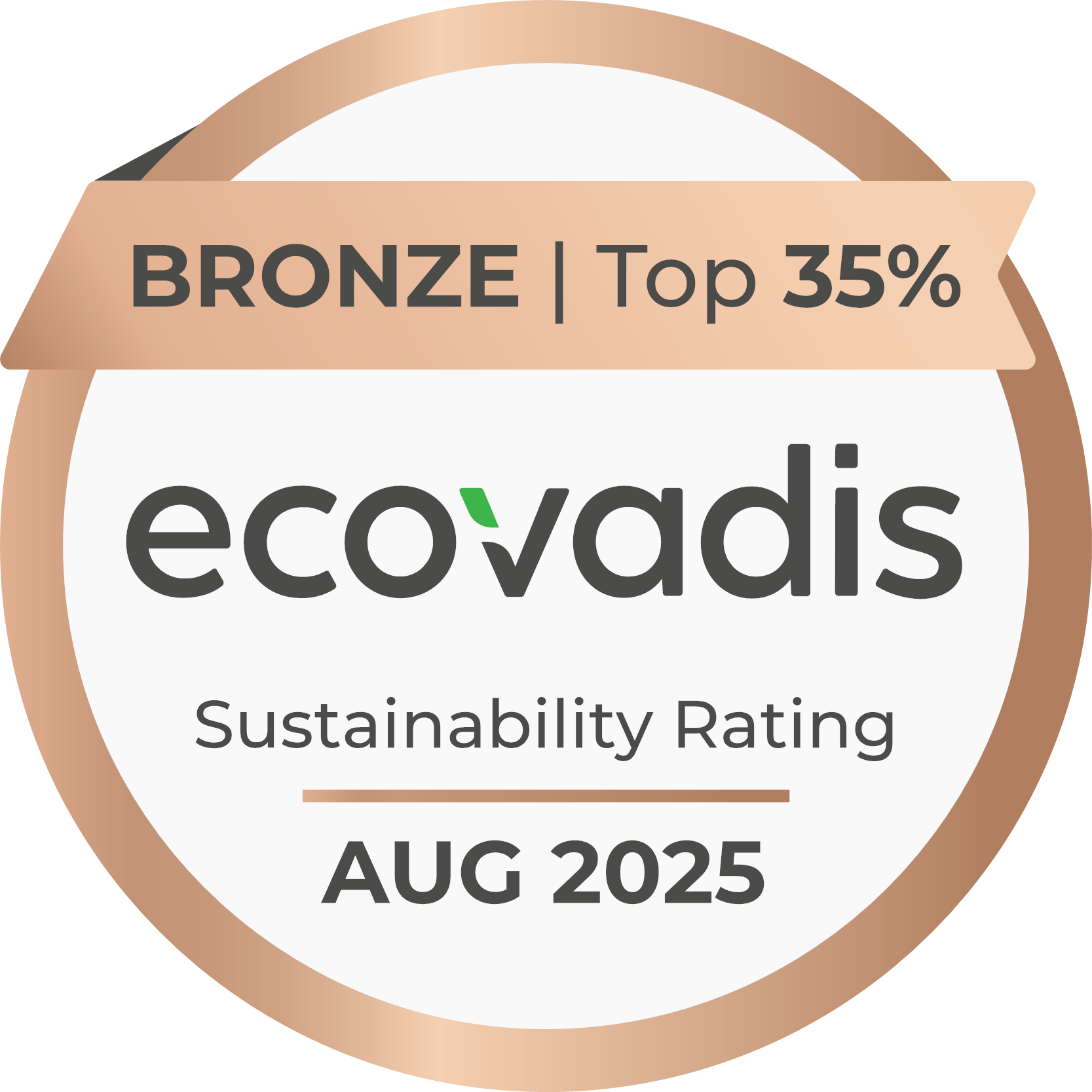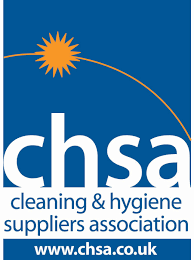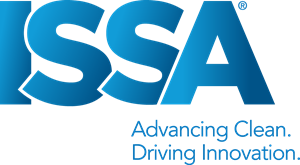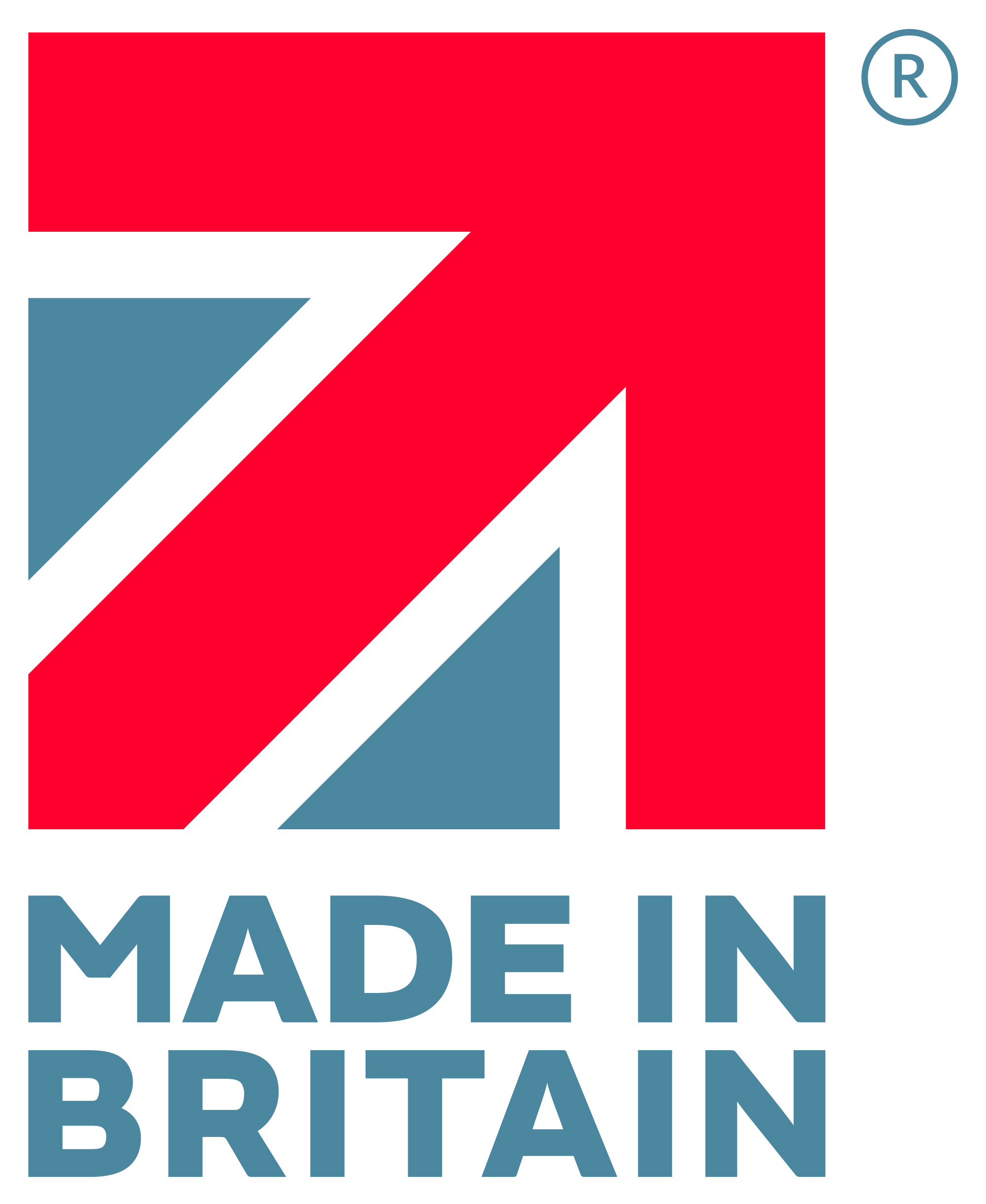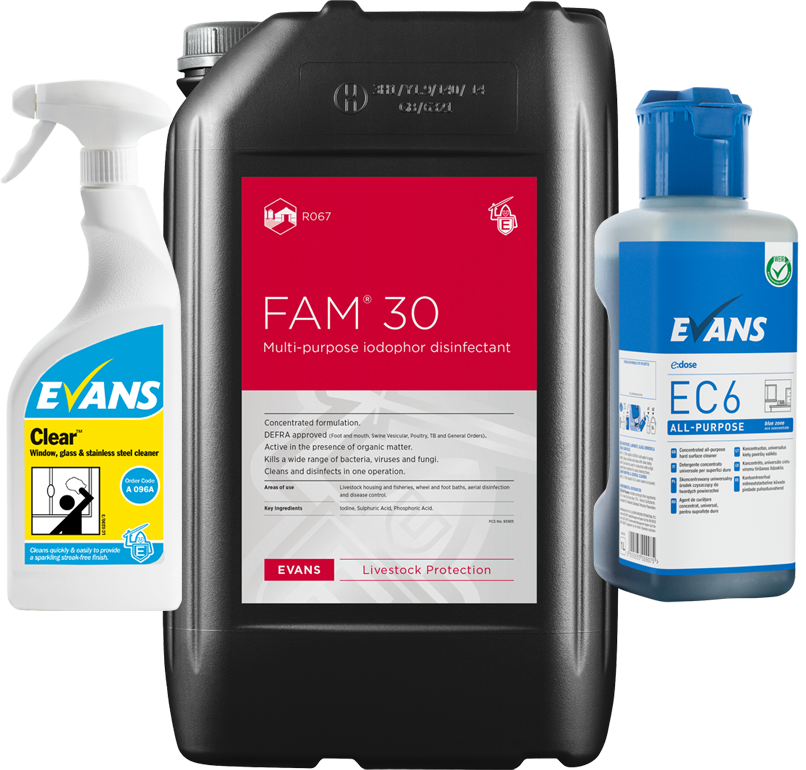22 January 2020
Can fish egg disinfectants still be used in an increasingly regulated industry?For many years, the fish production industry has used fish egg disinfectants at the hatchery stage. The objective is to improve hatchability and profitability through the destruction of disease-causing microorganisms on the outer coating of the egg, without damaging the egg itself.
All disinfectants are designed to kill microorganisms. Many are designed to kill extremely tough and resistant bacteria and viruses and are not environmentally safe. The selection of the correct disinfectant active material and formulation of products for use on fish eggs in aquaculture is therefore of great importance. The incorrect choice can lead to high mortality and environmental damage.
In the 1970’s, the buffered iodine disinfectant, ‘Buffodine’, was invented by UK manufacturer Evans Vanodine. This was specifically designed to kill viruses such as IPN and VPS on the outer membrane of the eggs of salmonid species, without penetration or damage to the eggs. Buffodine was the first of this disinfectant type to be developed and was patented. Since then, this class of product has been used for egg disinfection by salmonid and other marine species producers around the world. The product displays effectiveness on a wide range of marine species and can prevent infection. However, the use of these disinfectants has generally not been controlled by regulation, even though they are very effective in providing low levels of mortality in brood stock and good hatchability.
This has now changed. In Europe, the use of all disinfectants is now controlled by the European Union Biocidal Products Regulation (BPR) (EU 528/2012). This regulation, which applies to all EU member states (and to other countries which have adopted the regulation, such as Norway) evaluates the disinfectants and authorises them for specific uses. If authorisation is given, manufacturers of the finished product must then apply for Mutual Recognition of the authorisation in any member states in which they wish to sell the product.
It is a long, complicated and expensive process, with the objective of standardising the use and effectiveness of disinfectants across Europe, making it safer for users and preventing hazardous or environmentally unsafe compounds from being used. Iodine was the first active ingredient relevant for aquaculture to be authorised by the European Chemicals Agency (ECHA) and disinfectant formulations based on this compound are now being authorised by the Member States.
The high cost and technical demands of submitting product dossiers to the EU in support of a specialist egg disinfection product has caused most, if not all, other manufactures to withdraw their products from the market.
Currently, it appears that the Evans Vanodine product Buffodine is the only authorised fish egg disinfectant in Europe (authorised biocide: UK-2019-1172).
The cost of this authorisation to Evans Vanodine for this single product is in excess of €100,000 and has taken 4 years to achieve regulated status.
Evans Vanodine is developing a European multi-language label for its Buffodine product and is currently advertising heavily to make the industry aware of the continued availability of this proven, authorised aquaculture disinfectant.
To view and download Buffodine product information and safety data sheets, visit the product page HERE
For all international enquiries please contact export@evansvanodine.co.uk
For all UK enquiries please contact sales@evansvanodine.co.uk
